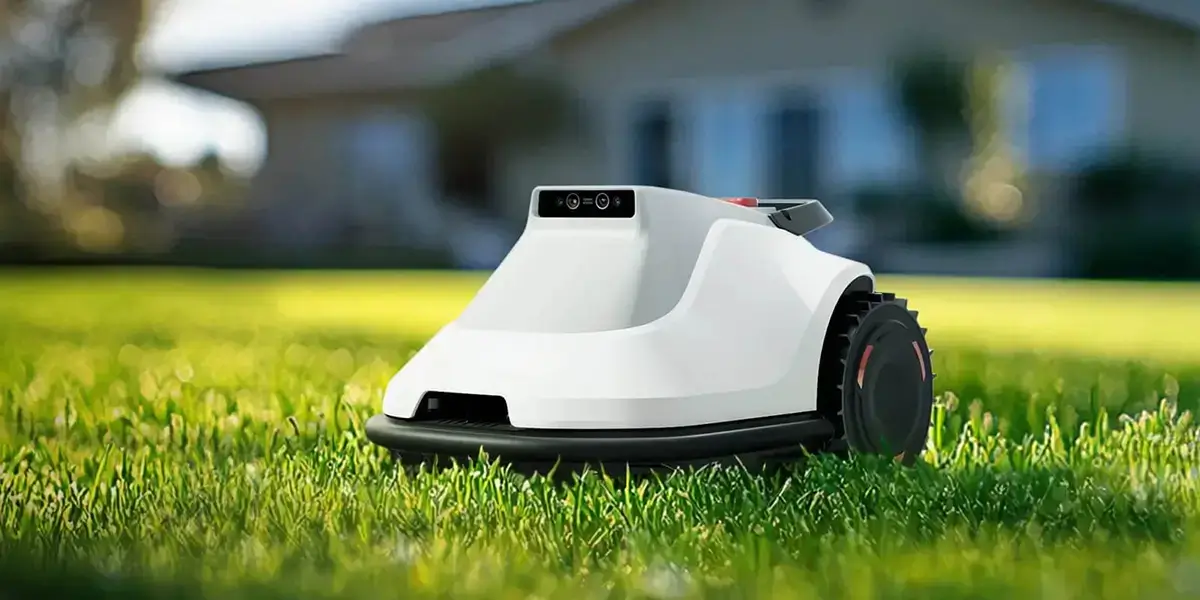Sure! Here's the first part of a comprehensive, engaging article on the "SG90 Micro Servo 9g" datasheet theme.

When it comes to the world of microcontrollers, robotics, and DIY electronics, servo motors are the unsung heroes that translate digital commands into precise physical movements. Among these, the SG90 micro servo 9g stands out as a quintessential component for hobbyists and engineers who crave reliable performance in a compact form factor. Its reputation for versatility, affordability, and ease of use makes it a favorite in countless applications — from robot arms and airplane models to automated camera systems.
Understanding the SG90’s capabilities begins with delving into its datasheet. The datasheet isn’t just a collection of technical specifications; it’s a blueprint that unlocks the full potential of this tiny but mighty motor. The datasheet provides vital information: electrical characteristics, mechanical data, control signals, and operational limits that guide you in integrating the servo seamlessly into your projects.
Design and Physical Features
The SG90 micro servo is remarkably compact, weighing approximately 9 grams, with dimensions typically around 23 x 12.2 x 29 mm. Its small size makes it ideal for projects with tight space constraints. Its plastic gear train is designed for lightweight applications, but this does not significantly compromise strength, as it balances durability with minimal weight — perfect for taught applications like drone control surfaces or small robotic limbs.
The datasheet specifies its color-coded wires: usually red for power (+5V), brown or black for ground, and yellow or orange for signal. This wiring convention simplifies troubleshooting and integrating the servo into circuits, especially when working with Arduino or other microcontrollers.
Electrical Specifications
The heart of the datasheet details the electrical parameters. The SG90 typically operates on a standard 4.8V to 6V power supply, making it compatible with most microcontroller platforms. Its stall torque, which indicates the maximum force exerted by the servo, is approximately 1.8 kg·cm at 4.8V, a figure that makes it suitable for light-duty applications.
The stall current at 4.8V hovers around 650 mA. The datasheet emphasizes that continuous operation at or near stall current can lead to overheating or damage, so users must implement appropriate current limiting or cooling mechanisms. The static stall torque and speed ratings are crucial for calculating whether the servo can handle specific loads or movement speeds in your project.
Control Signals and PWM Compatibility
A pivotal part of the datasheet explains the control protocol: the SG90 is a standard PWM servo motor. It responds to pulse widths between approximately 1 ms and 2 ms, corresponding to a sweep of 0° to 180°. The datasheet emphasizes that consistent, high-quality PWM signals are necessary to achieve precise and predictable movements.
The servo is designed to work with microcontrollers that can generate pulse widths within these ranges. Many hobbyist platforms like Arduino, Raspberry Pi (via PWM modules), and others can generate these signals, making the integration process fairly straightforward. The datasheet specifies the pulse frequency, generally around 50 Hz, meaning each cycle lasts about 20 milliseconds.
Mechanical and Speed Ratings
Mechanical details from the datasheet highlight the typical rotation range and speed. The SG90 can rotate approximately 180° with a standard PWM signal. Its speed at no load is around 0.12 seconds per 60°, and this can vary depending on voltage and load. Operating at higher voltages, up to 6V, slightly improves speed but necessitates attention to thermal limits noted in the datasheet to prevent overheating.
Setting Limits and Adjustments
The datasheet provides guidance on how to calibrate and set the servo limits properly. Since servo motors have physical internal stops, trying to push beyond 180° can damage the gear train. Using the datasheet’s recommended pulse width calibration and testing, hobbyists can achieve consistent, repeatable movements and prevent mechanical or electrical failures.
Power Considerations
Power management is critical, especially since many hobby projects rely on battery power sources. The datasheet advises ensuring a stable power supply with adequate current capacity — keep in mind that servos like the SG90 can draw significant current during movement or stall conditions. Incorporating decoupling capacitors and proper wiring practices can mitigate noise and voltage drops, thereby ensuring smooth operation.
Part2 of the article continues with real-world applications, modifications, troubleshooting, and advanced considerations based on the datasheet’s insights.
Established in 2005, Kpower has been dedicated to a professional compact motion unit manufacturer, headquartered in Dongguan, Guangdong Province, China.




































